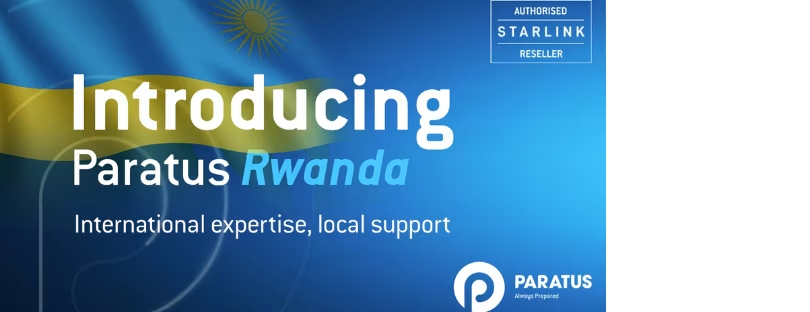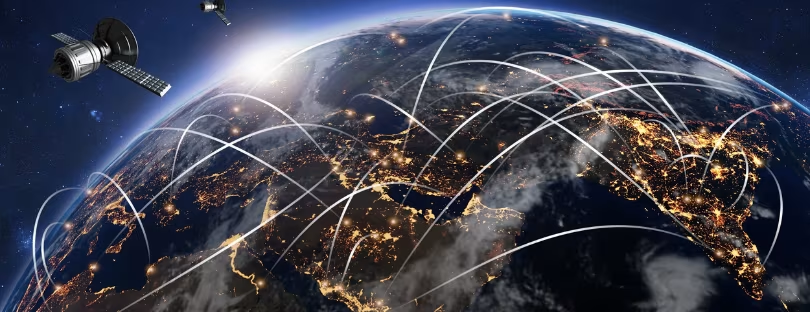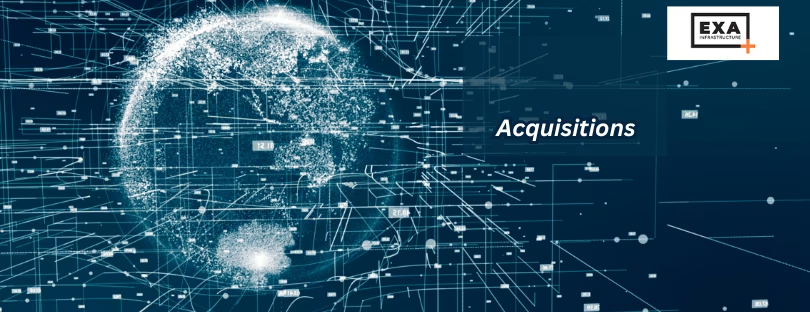
The AI Wave Hits Telecom: Omdia Predicts Explosive Growth to 2030
Telecom operators are reinventing their business-to-business services to capture new AI revenues, but their efforts will only yield $4 billion in 2025, according to Omdia’s newly launched Telco B2B AI Monetization Index. Telco B2B AI
The index is an independent market tool that tracks how telecom operators are capitalizing on the emerging global AI economy. Index data informs Omdia’s forecast that telco B2B AI revenues will exhibit a 65% CAGR through to 2030, as telcos expand their role in providing AI infrastructure and services.
Businesses and consumers are increasingly dependent on AI-enabled decisions and experiences that require high-performance, failsafe digital infrastructure. As owners and operators of this infrastructure, telecom operators are positioned as essential stakeholders in the AI ecosystem and are just beginning to monetize their unique assets and capabilities at scale.
“Telcos have a natural role to play as local and national AI services providers and strategic partners,” said Brian Washburn, Chief Analyst, Telco B2B Solutions. “It is early days, but the index highlights that monetization opportunities for telcos in the AI economy already extend well beyond connectivity, particularly as demand for data security and sovereign services continues to grow.”
The Omdia Telco B2B AI Monetization Index benchmarks four key dimensions:
- Infrastructure: Availability of digital assets such as fiber networks, satellites and data centers that support AI workloads.
- Portfolio: Range of commercial AI services, with a focus on B2B services.
- Ecosystem: Strength in technology and partnerships across the AI value chain.
- Regulation: Codification of legal and ethical frameworks for secure AI market interactions.
Key findings from Omdia’s wider Telco B2B AI research include:
- Telcos are moving beyond connectivity into hosting AI data centers and hardware.
- A third of global network traffic will be AI-driven in 2025, representing 10 zettabytes by year’s end.
- Telcos’ current $4 billion in B2B AI revenues come from high-speed connectivity, hosted hardware and platforms, and professional services.
- Small and medium-sized enterprises are a common target for telcos’ new AI services.
Omdia’s Telco B2B AI Monetization Index is published quarterly as part of the Telco B2B Solutions Intelligence Service, designed to support service providers and their partners in expanding and diversifying business-to-business revenue. Related research includes Omdia’s AI network traffic reports, which track and model global and regional network traffic growth through to 2033; revenue sizing and forecasts for telco-led B2B AI services; and B2B survey insights on current and planned AI adoption. These and other Omdia Telco B2B reports are available via subscription here.
Conclusion about Telco B2B AI services
While Omdia’s forecast of $4 billion in telco B2B AI revenues by 2025 may appear modest given the scale of the global AI economy, it reflects a crucial inflection point: telecom operators are finally beginning to monetize their deep infrastructure assets in ways that mirror—but do not yet match—the success of hyperscalers like AWS, Microsoft Azure, and Google Cloud. These cloud giants have long integrated AI at the core of their enterprise offerings, reaping multi-billion-dollar returns annually. Telcos, in contrast, are just starting to productize their unique capabilities—low-latency networks, sovereign infrastructure, edge data centers, and compliance expertise—into scalable AI services.
However, telcos have one distinct advantage: local presence and regulatory alignment. In markets with strict data sovereignty laws (such as the EU), telcos are increasingly viewed as more trustworthy providers for AI hosting, edge inference, and secure compute than their cloud-native competitors. This opens up opportunities for telcos to dominate in AI applications for sectors like healthcare, finance, public safety, and logistics—especially among small and medium-sized enterprises (SMEs) that lack in-house AI capabilities.
The eSIM ecosystem is another underutilized asset in this equation. With global eSIM connections expected to surpass 6 billion by 2030 (GSMA Intelligence, 2024), telcos have a growing base of digitally connected endpoints. These devices—ranging from smartphones and wearables to IoT sensors—can become part of distributed AI systems where real-time data is processed closer to the edge. Monetizing this layer through AI-enhanced eSIM management platforms, dynamic pricing, and contextual services could represent an untapped revenue stream, especially in enterprise mobility and IoT deployments.
In short, telcos are entering the AI economy from a position of structural strength but cultural caution. To fully realize the projected 65% CAGR through 2030, they must shift from infrastructure sellers to solution architects. Those who do—by integrating AI into their core offerings, embracing eSIM as an intelligence layer, and forming credible tech partnerships—will move from playing catch-up to becoming central players in the digital value chain.
ABOUT OMDIA
Omdia, part of Informa TechTarget, Inc., is a technology research and advisory group. Omdia’s deep knowledge of tech markets, grounded in real conversations with industry leaders and hundreds of thousands of data points, makes their market intelligence its clients’ strategic advantage. From R&D to ROI, they identify the greatest opportunities and move the industry forward.










